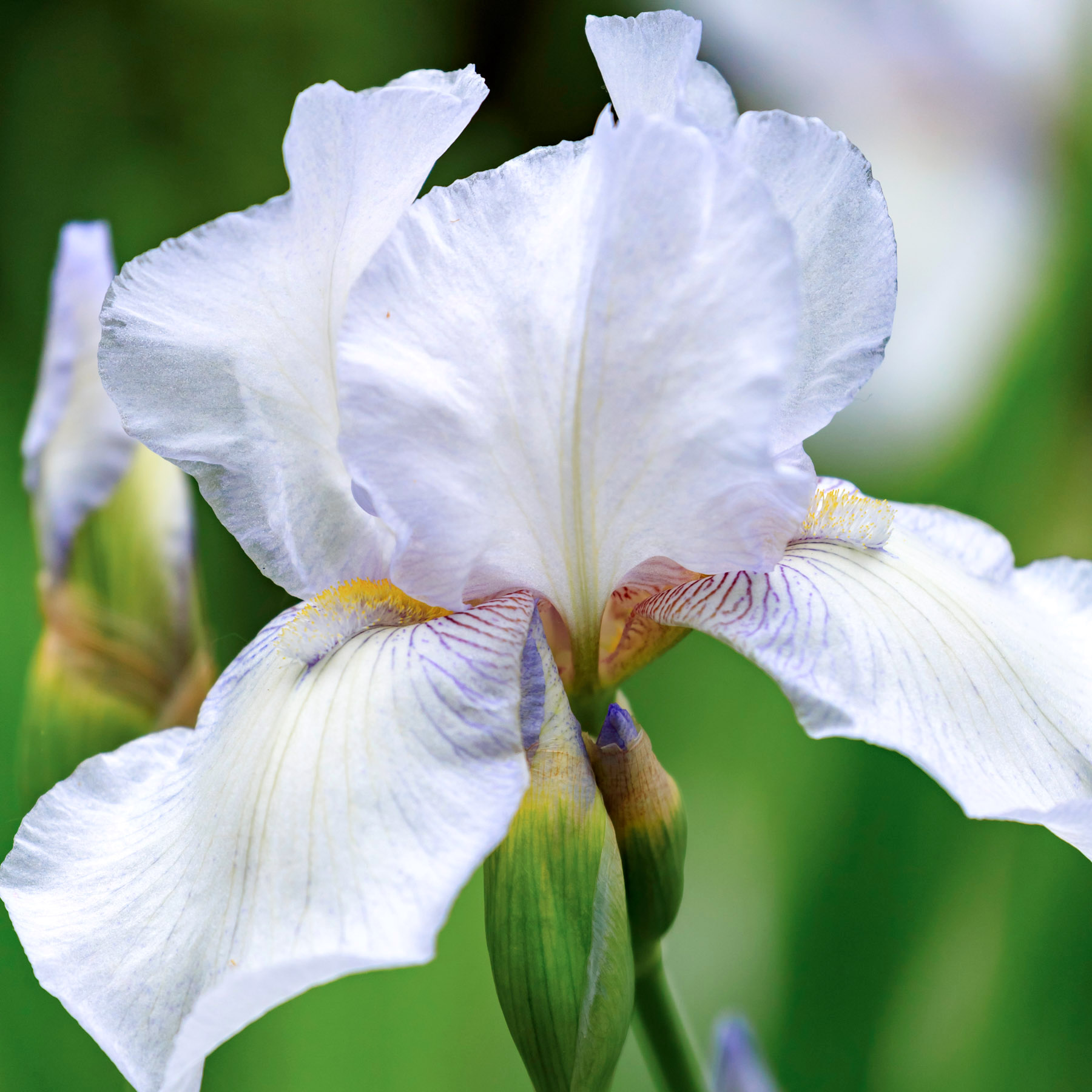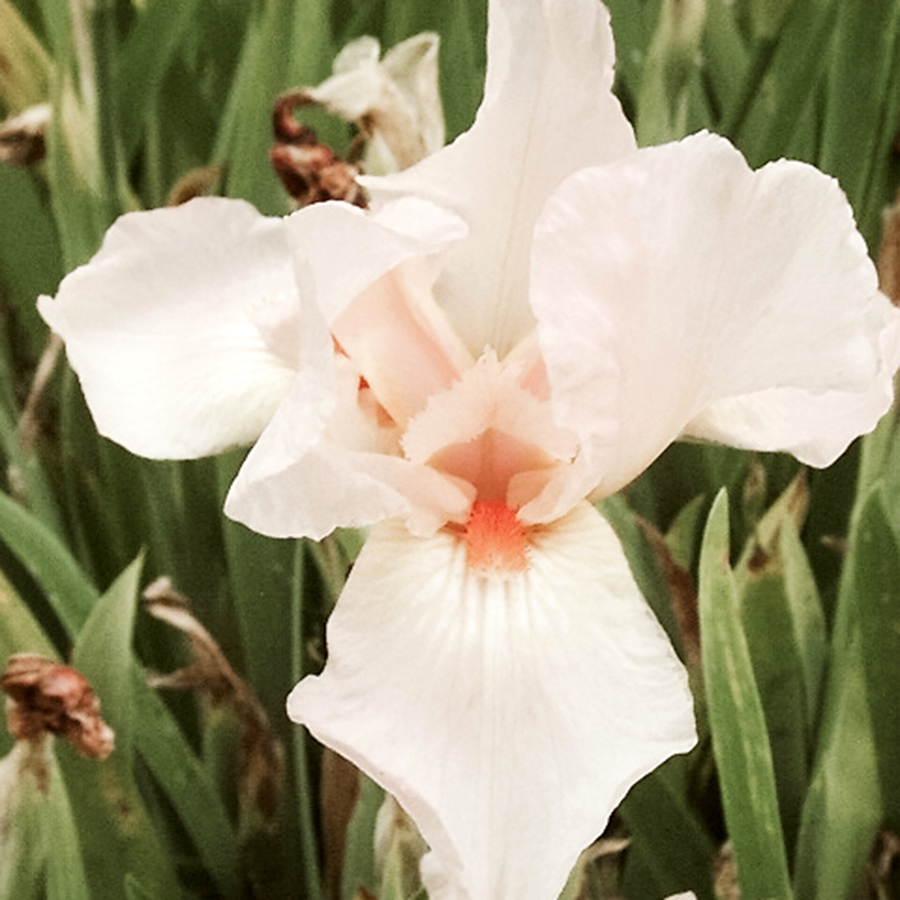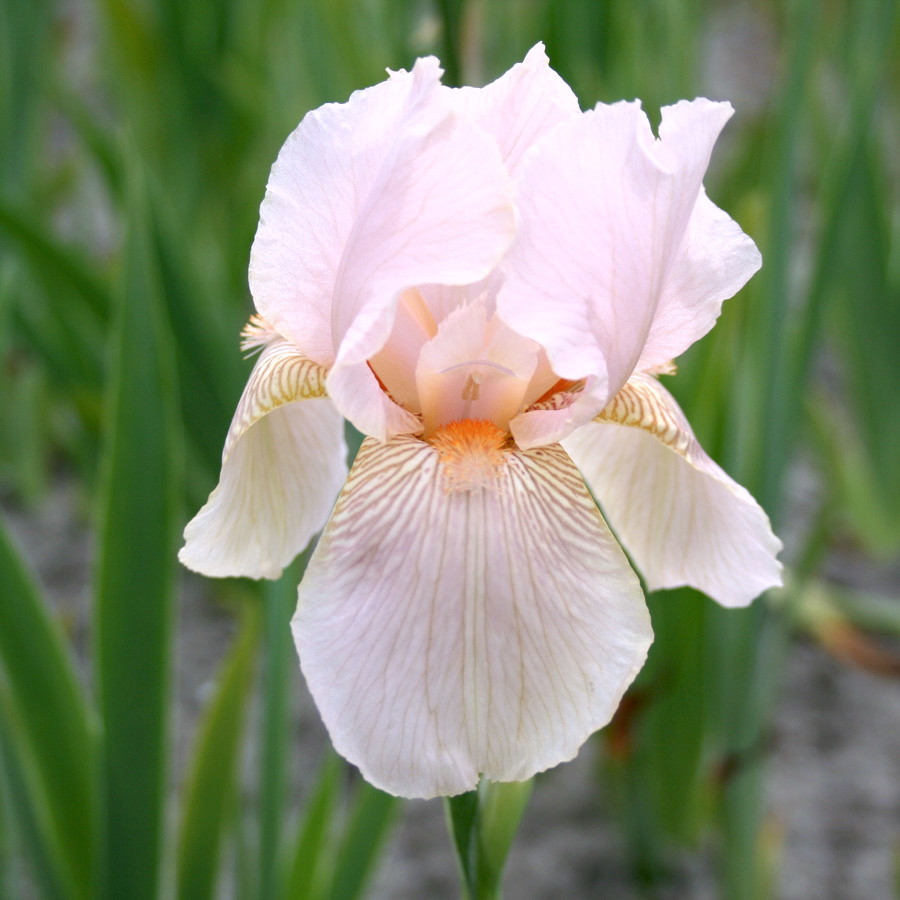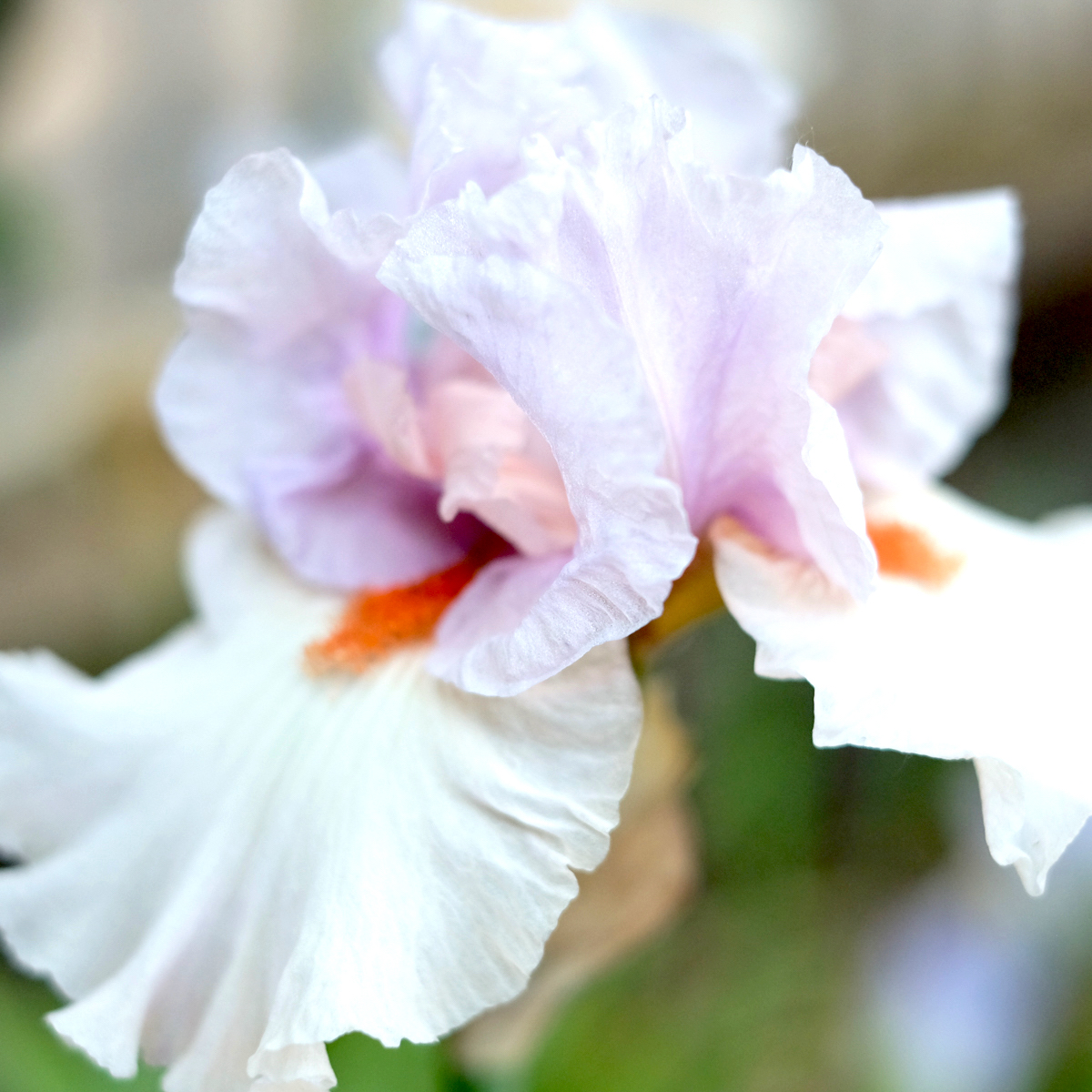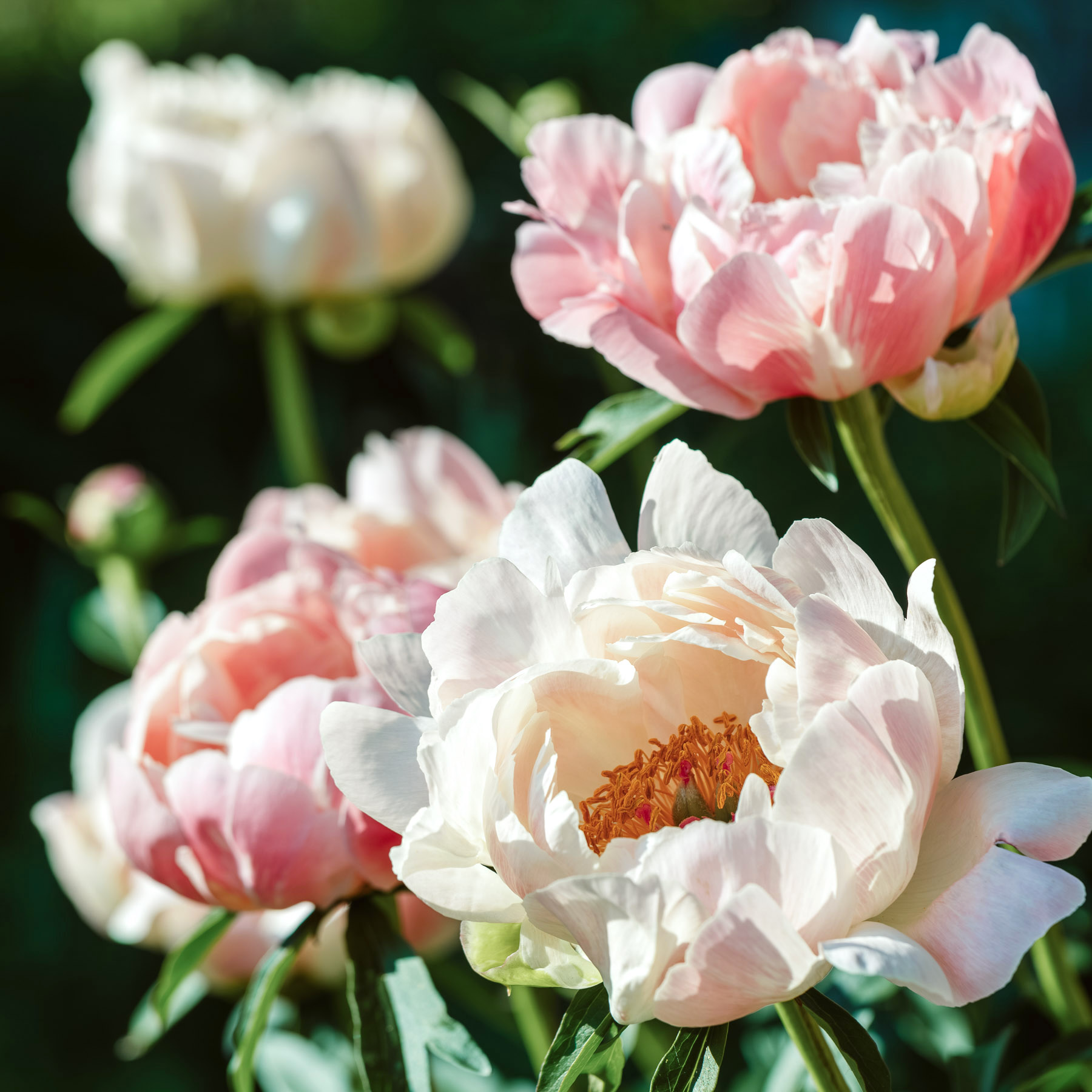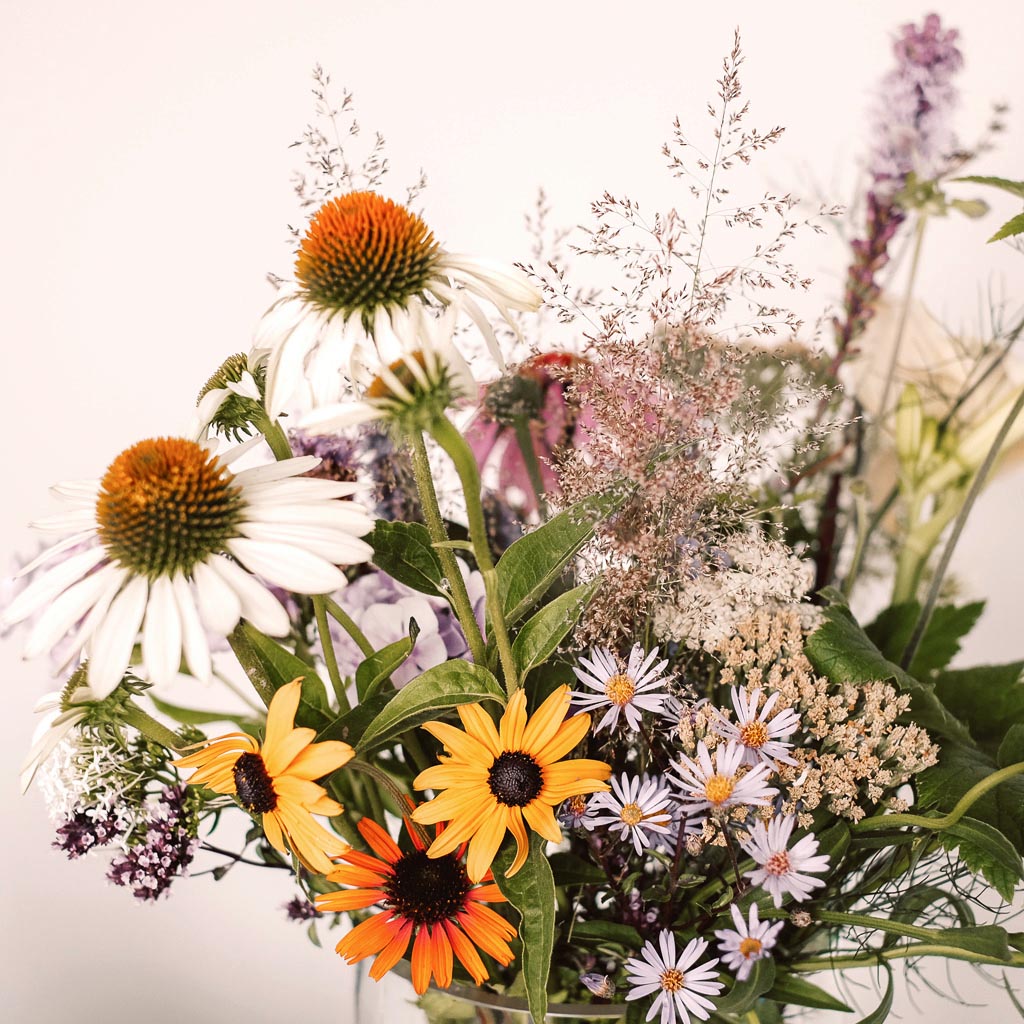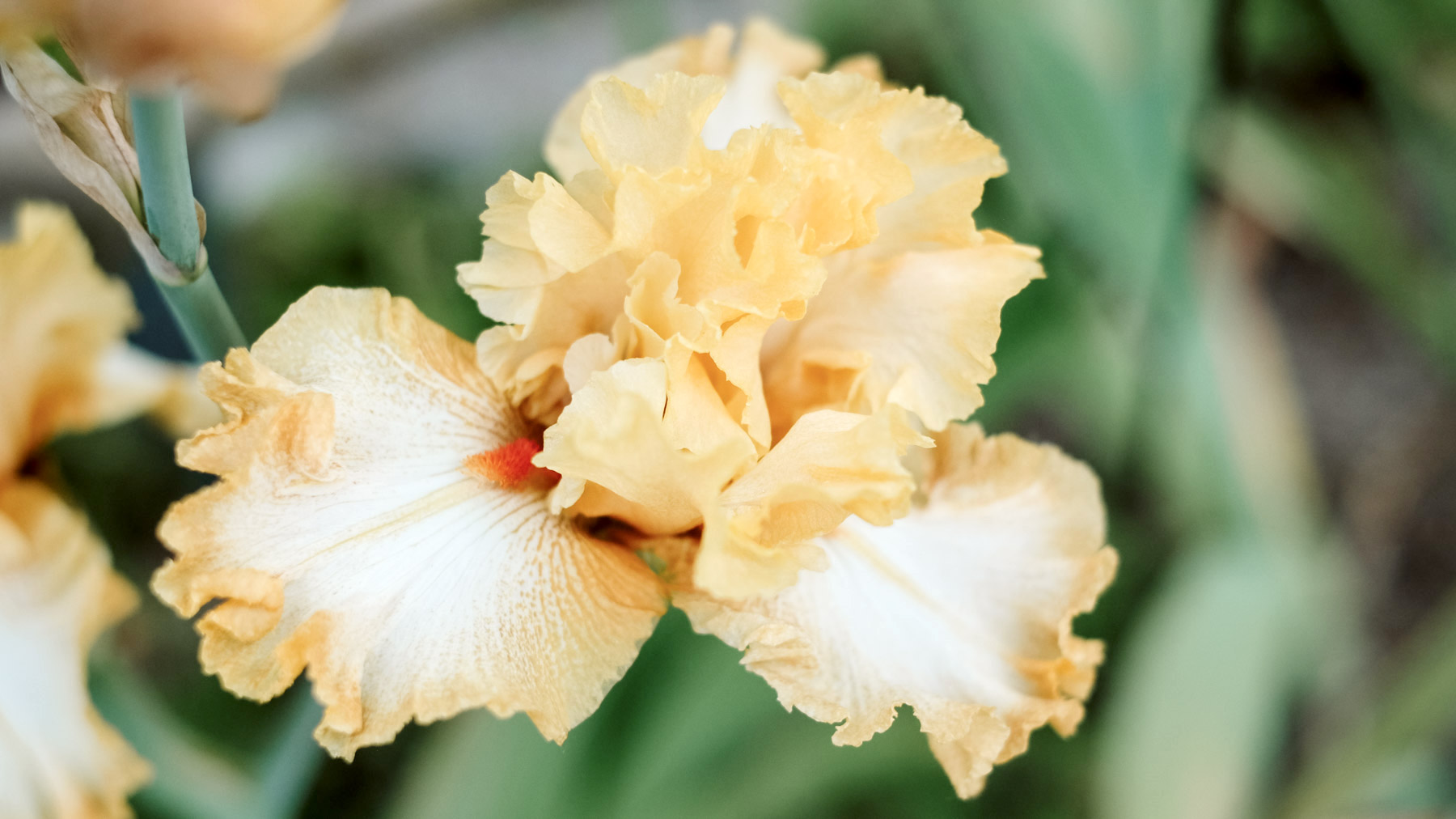
Planting and caring for tall bearded irises
The tall bearded iris(Iris barbata), also known as irises, are spectacular flowering perennials with an extremely attractive appearance. Their radiant colors, upright growth and sword-like leaves make them a special eye-catcher in the garden and in the vase. They appear in blue, purple, yellow or rosé and it is truly difficult to name just one favorite variety. However, they are not only beautiful but also extremely useful, as they are the ideal source of nectar for bees and butterflies.
Best time to plant tall bearded irises
The ideal time to plant tall bearded irises is either in spring (between March and May) as soon as the frosts have passed and the soil is easy to work. By the summer, the irises will already be well rooted and acclimatized to their location in the garden.
Alternatively, you can also plant the irises in the fall. The best time is between September and the end of November. Here, too, the perennials have the ideal conditions to take root. By spring, they will have already found their place and can unfold their full beauty.
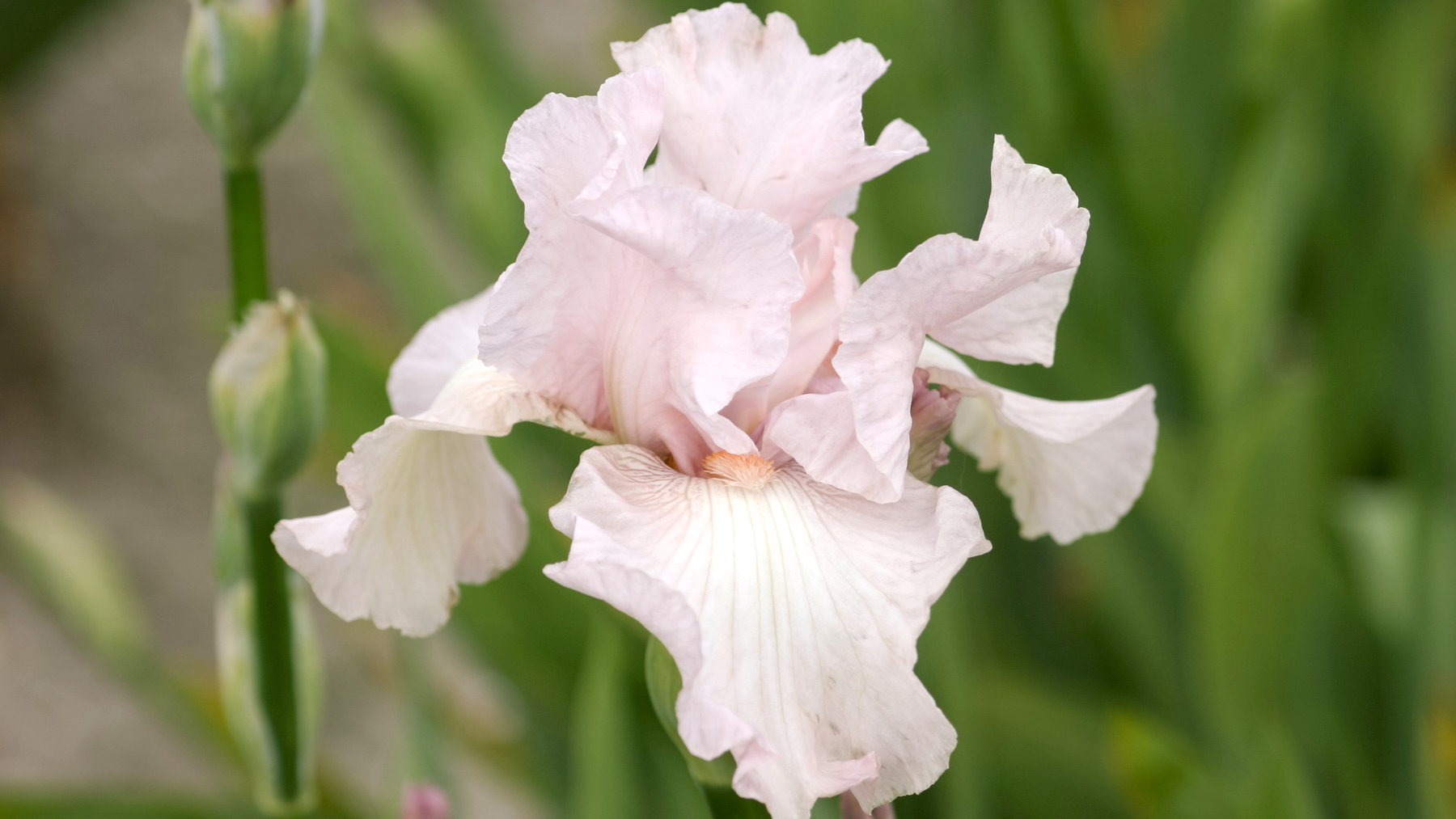
Planting tall bearded irises
Tall bearded irises love warmth. Therefore, choose a full-sun, warm and well-protected location for them. The more light the beautiful irises receive, the more splendidly they will grow. The soil should be dry and well-drained. Waterlogging should be avoided at all costs!
When planting, you should dig a hole about 20-30 cm deep. Be sure to plant the rhizomes so that the top protrudes slightly from the soil. If necessary, it may be advisable to add a layer of sand or compost to improve drainage. The distance between the individual plants should be around 30 cm to ensure healthy growth. It is best to plant at least three plants of the same variety next to each other; like all perennials, bearded irises should only be planted in groups. After planting, the iris can be watered moderately.
Care for & harvest tall bearded iris
Tall bearded irises are not only highly valued for their beautiful appearance. They are also extremely robust and tolerate periods of heat and drought like almost no other perennial. At the same time, they are extremely easy to care for and require little attention from the gardener. Fertilizer should be used sparingly, as too many nutrients can inhibit growth.
If you want to enjoy the beautiful flowers not only in the garden but also in a vase, you can start harvesting in late spring or early summer. The flowers should already be fully open. Ideally, you should use sharp scissors for pruning. Cut the stems approx. 10-15 cm above the ground. This prevents the roots from being damaged and promotes healthy growth for a second flowering. After harvesting, it is important to place the bearded iris in a vase immediately. They feel particularly at home in cool rooms without direct sunlight and this extends their vase life.
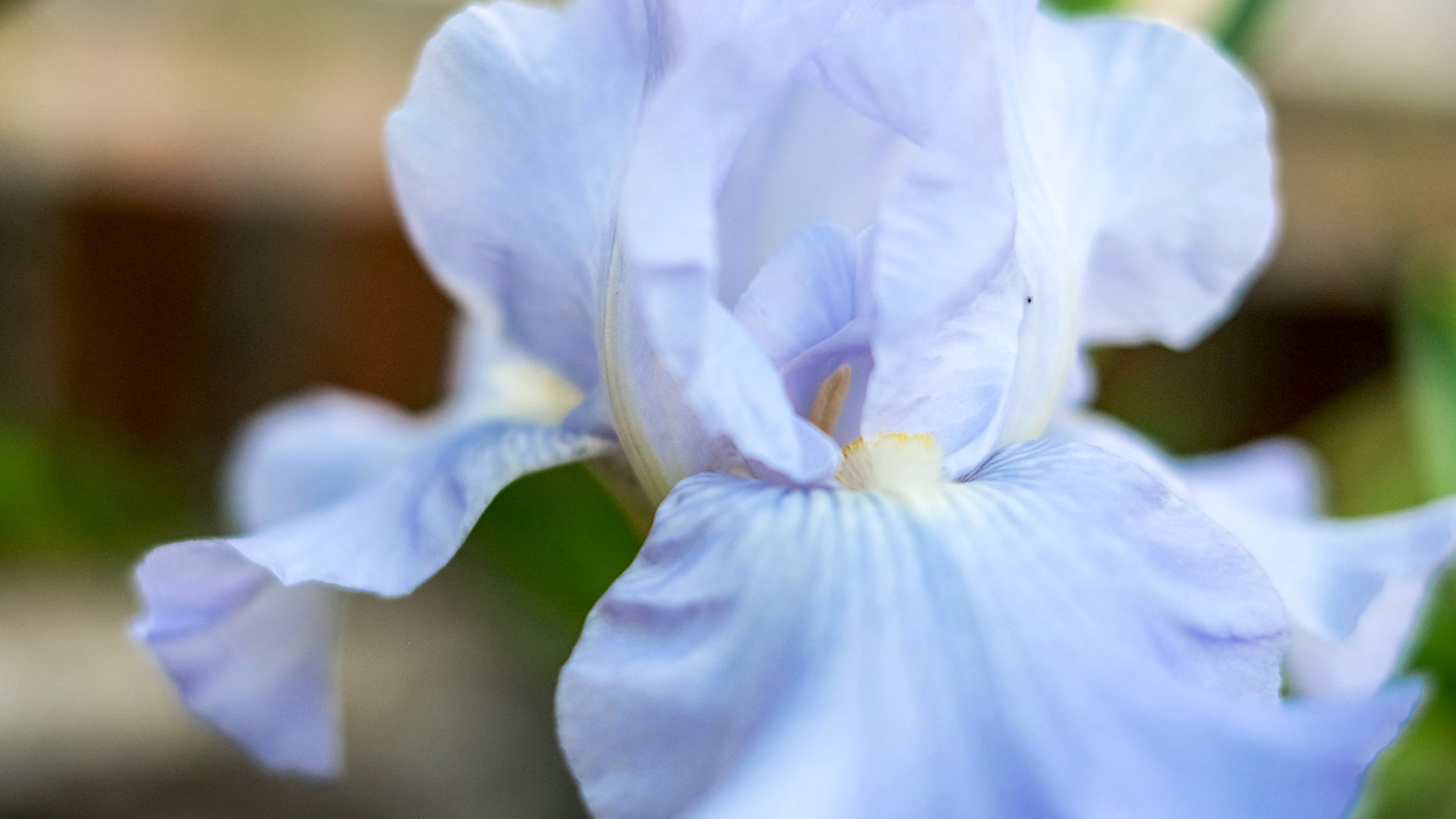
Overwintering tall bearded iris
Like almost all of our perennial varieties, the tall bearded iris is absolutely hardy and survives local winters in the garden very well. However, if the temperatures become extremely low, it is still advisable to cover the plants with a layer of mulch. Leaves or bark humus (not bark mulch) are best suited for this.


